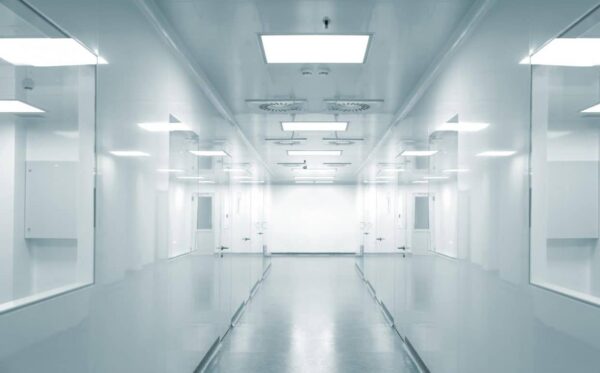
More than a clean room, a clean room is defined according to ISO 14644-1 as: “A room in which the concentration of airborne particles is controlled and which is constructed and used in such a way as to minimize the introduction, production and retention of particles within the room and in which other relevant parameters, such as temperature, humidity and pressure are controlled as appropriate. “

How to minimize particles in a clean room?
Indeed, cleanliness is not the only aspect that must be controlled in a clean room. Other elements such as temperature, humidity, sound and lighting should be kept constant. This guarantees the protection and quality of products that are manufactured or processed in the clean room and of course also people and the environment.
To achieve this, three solutions are available:
- Feed the room with a large amount of air filtered through high efficiency filters (HEPA or ULPA) to dilute and remove particles, bacteria and chemicals inside the room. Air is also used to pressurize the room and ensure that no contaminated air enters the room.
- The clean room must be constructed of materials that do not generate contaminants, particulate matter or chemical fumes and that must be easy to clean.
- Personnel working inside clean rooms should wear personal protective equipment (PPE) to minimize the spread of microorganisms and particulate matter such as hair, dandruff and clothing fibers.
What is the use of a clean room?
Some fields and industries necessarily require a clean room to ensure quality and safety in their product manufacturing processes.
- Chemical and pharmaceutical industry
- Biotechnology
- Food Technology
- Cosmetic industry
- Packaging techniques and blister centers
- Semiconductor industry and nanostructure technology
- Aerospace technology
- Automobile industry
- Optical industry
- Data media technology
- Solar industry
- Displays manufacturing
Classifications of clean rooms:
Clean rooms are classified according to the cleanliness of the air, that is to say according to the quantity and size of the particles per volume of air. Several classifications exist, but in recent years there has been a tendency to move away from previous classification systems for the International Organization for Standardization (ISO) system, including ISO 14644-1.
The clean room has three different levels of occupancy:
- After construction: the installation is complete, the clean room works, but there is no equipment, material or personnel inside
- At rest: installation is complete and the clean room works with equipment and materials, but there is no staff inside
- In operation: the clean room operates as indicated, with the prescribed number of employees working under the agreed conditions
The regulation applicable to a clean room depends on the activities that take place inside it. For sterile pharmacy preparation rooms, the 2014.01 and 2014.02 standards of the Ordre des pharmaciens du Québec (OPQ) apply in Quebec. In other provinces in Canada, NAPRA standards apply while USP 797 and USP 800 apply in the United States.
